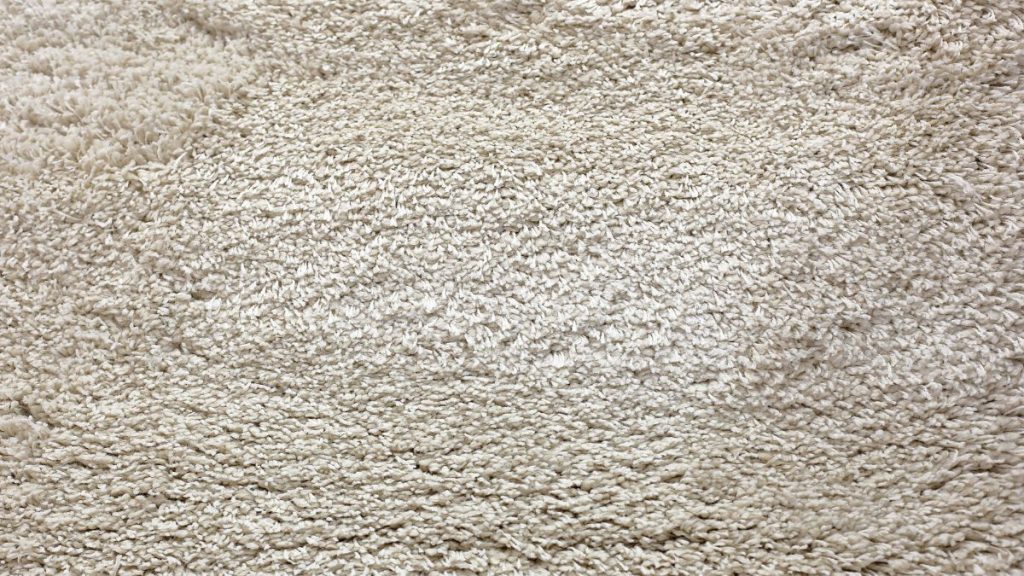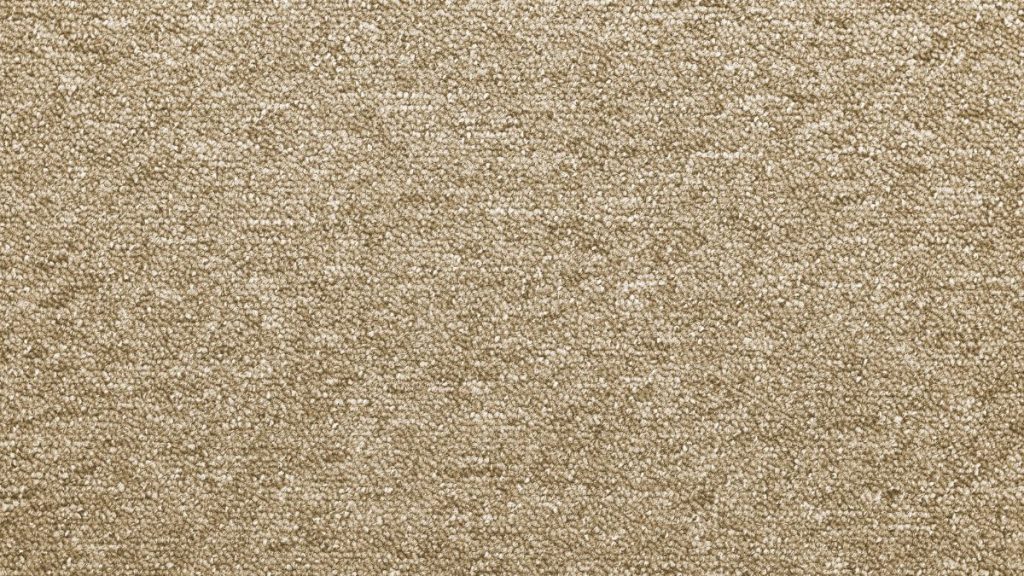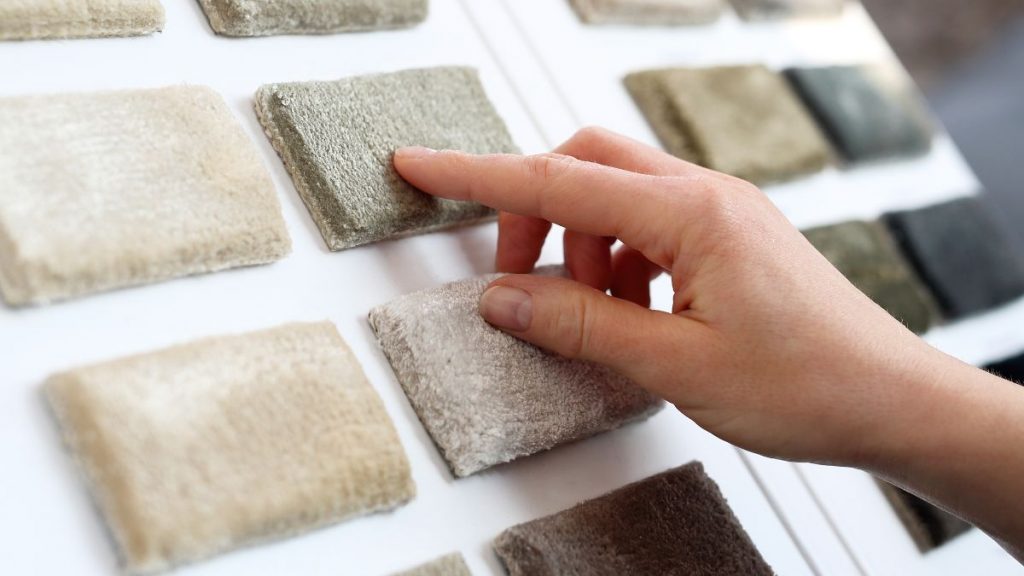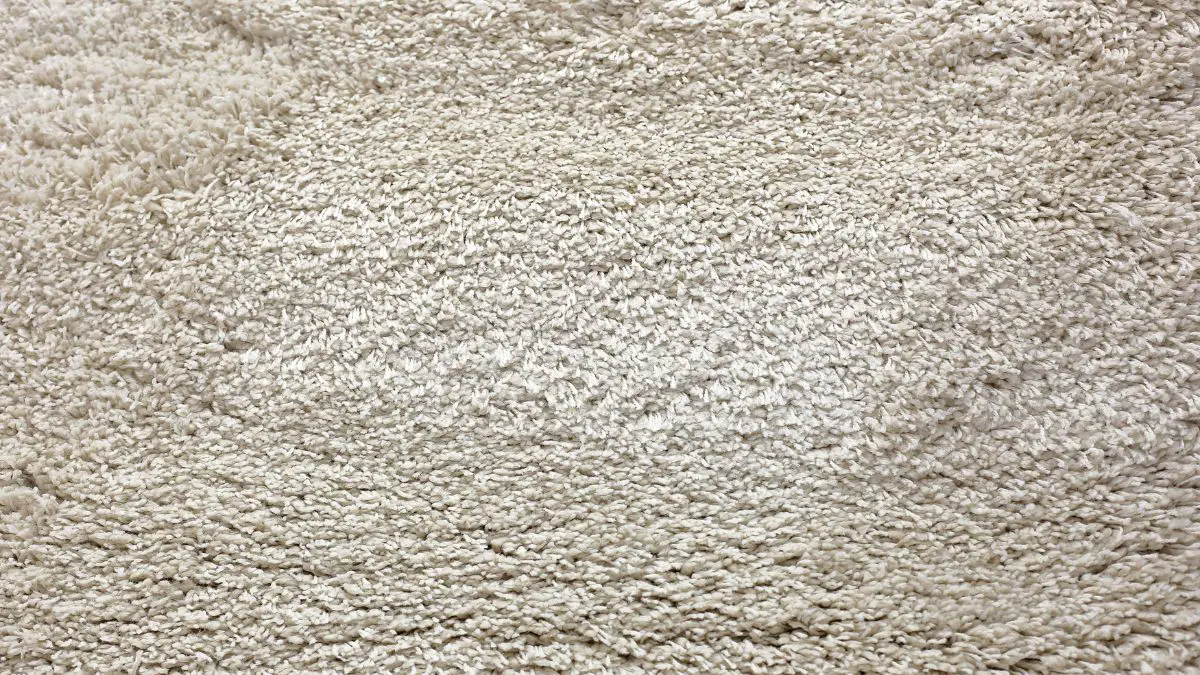Carpet has been a popular choice for households worldwide due to its ability to provide warmth and comfort. But when it comes to choosing between wool carpets and synthetic carpets, it can be a tricky decision.
This blog post will discuss the benefits of both wool and synthetic carpets and their disadvantages. Let’s get started!
Wool Carpets

Wool carpets are the traditional choice for homeowners, as they offer durability and softness. Wool carpets are made from natural sheep’s wool that has been cleaned and woven together to create a plush carpet option.
Because of their natural origin, wool carpets have many benefits, such as fire resistance, stain resistance, sound absorption, and long-term wearability. In addition, wool carpets often come in various colors and patterns to fit any home’s décor.
Types of Wool Used in Carpets
There are a few varieties of wool you should be aware of when it comes to wool carpets.
The most common type is Merino Wool, sourced from the fleece of Merino sheep found in South Africa and New Zealand. This particular type of wool is known for its softness and luxurious feel, making it an ideal choice for high-end households.
Another popular wool used in carpets is Lambs wool, which comes from the fleece of young sheep and offers a thicker texture.
Finally, there’s Shetland Wool, sourced from Scottish sheep and known for its affordability while being incredibly soft and durable.
Advantages
When it comes to the advantages of wool carpets, one of the biggest benefits is their stain resistance.
In addition, wool fibers are naturally water-repellant and less likely to absorb dirt and spills, making them easier to clean and maintain over time.
Wool carpets also offer excellent insulation for your home, helping warm your floors in the winter.
On top of that, wool carpets are an eco-friendly choice as they’re made from natural fibers and are usually biodegradable.
Additionally, wool carpets tend to last longer than other types of carpeting because the fibers don’t flatten out as synthetic materials do over time.
Disadvantages
One of the most common disadvantages of wool carpets is the cost. Wool carpets are more expensive than synthetic ones, so they may not be the best option if you’re working with a tight budget.
Additionally, wool carpets are prone to shedding, leaving your floors covered in small bits of fiber and difficult to clean up.
Furthermore, wool carpets may require professional cleaning more often than other carpets.
Finally, some people are allergic to wool, so it’s important to be aware before making a purchase.
Synthetic Carpets

Synthetic carpets are an excellent option for homeowners looking for an affordable and low-maintenance flooring solution.
Synthetic carpets are made from manufactured materials such as polyester, nylon, olefin, and other synthetic fibers.
These carpets come in various colors, styles, and textures, making them the perfect choice for people who want to change their décor without breaking the bank.
Most synthetic carpets can be easily cleaned using a vacuum or steam cleaner, making them an ideal choice for busy households. Plus, they’re usually stain-resistant and resistant to fading, giving you peace of mind that your carpets will look new for years to come.
Types of Synthetics Used in Carpets
There are a few different varieties you should be aware of when it comes to synthetic carpets.
Polyester is the most popular synthetic carpet type, known for its softness and affordability. It’s also highly resistant to spills and stains, making it an ideal choice for busy homes with kids or pets.
Nylon is another popular type of carpet known for its durability and stain resistance.
Olefin is another common synthetic option and is a great choice if you’re looking for a low-maintenance carpet that still looks good.
Finally, there are a few other types of synthetics, such as PVC and acrylonitrile butadiene styrene, which are both known for their affordability and durability.
Advantages
Synthetic carpets are a great choice for affordable and low-maintenance flooring solutions. In addition, synthetic carpets are usually much more cost-effective than wool carpets, making them a great option if you’re looking to save money.
They also come in various colors, styles, and textures, so you can choose the perfect carpet to match your décor.
Synthetic carpets are also very easy to clean – you can easily vacuum or steam clean them without damaging the fibers.
Additionally, many synthetic carpets are stain-resistant and fade-resistant, so you don’t have to worry about spills or sun damage.
Disadvantages
While synthetic carpets offer numerous advantages, they also come with some drawbacks. For example, many synthetic carpets are known to emit volatile organic compounds (VOCs), which can harm your health if exposed for extended periods.
Additionally, synthetic carpets tend to lack the durability and longevity that wool carpets offer. This means you may need to replace your synthetic carpets more often than wool carpets, which can get expensive over time.
Finally, synthetic carpets are great for busy households due to their easy cleaning capabilities, but they’re less cozy or comfortable underfoot than wool carpets.
Which Carpet is Right For You?

Deciding which type of carpet to choose will depend on your lifestyle and budget. For example, wool carpets are great for those looking for a luxurious and durable flooring option, while synthetic carpets are better suited for those who want an affordable and low-maintenance solution.
Final Thoughts
No matter which type of carpet you choose, it’s important to research and pick the one that best suits your needs.
Wool carpets offer a luxurious feel and are durable, but they can be expensive. Synthetic carpets are much more affordable and easier to clean, but they only last for a short time as wool carpets.
Ultimately, it’s important to consider your lifestyle and budget when deciding which type of carpet is right for you.

